The art of winning awards
Leading art directors and illustrators discuss their award-winning collaborations, and share the secrets of their success
From writing a watertight brief to nailing the perfect colour palette, creating an project with award-winning potential requires great performance from all sides of the table – a process that begins, of course, with hiring the right creative for the job in the first place. “When I look for illustrators, I want them to be passionate about their work,” explains freelance art director Vince Lim, who worked on the 7up Winter Wonderland campaign – which picked up a silver medal at the Association of Illustrators’ Images show – while at Irish International BBDO/Proximity. He adds: “I’m hiring them because of their style, and their viewpoint.”
And whether you’re an illustrator-for-hire or an art director in need of someone to commission, it’s important to recognise that style means more than just an illustrator’s technique and draughtsmanship, as illustrator Steve Simpson, who worked with Lim on the Winter Wonderland project, points out: “It also relates to how you go about problem-solving,” he says. “Interpreting a brief and thumbnailing an idea has very little to do with visual style, yet in those few scribbly marks lies the foundation of the final piece.”
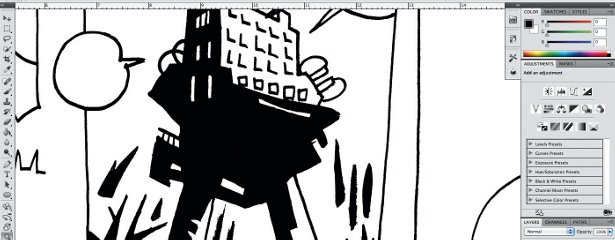
Of course, commissioners do pay attention to a creative’s established visual voice when considering them for a brief. And understanding the process behind this decision – and just what it was that shouted loudly enough – can act as more than simply an aid to getting future work: it can also prove useful in building up a picture of the client’s expectations. “I always ask which pieces from my portfolio made them think I was the right person for a particular job,” Simpson says.
Once the right illustrator is in place, a good brief is absolutely central to the entire project – and if the commission is muddled or inaccurate, it’s probably not ready to be seen by the illustrator. “I need a clear brief, which could be one sentence,” reflects illustrator Noma Bar, whose run of 10 new cover designs for the novels of American writer Don DeLillo recently picked up a D&AD Yellow Pencil. “It could be a long story, but a lot of the time that’s not going to be clear,” he continues. “Two words can be enough, and one word can change the whole brief.”
A good brief doesn’t need to be too prescriptive. It should simply be clear about what needs to be achieved. “It’s important that it isn’t so much tight as well-formed,” says Alex Bec, co-director of INT Works, who art-directed the new Don DeLillo covers for Picador. “There needs to have been enough thought internally before we go to an illustrator.”
“I’ll start with what I have,” says Bar of the process of interpreting a new brief. “If after four or five hours I see that I’m not getting anywhere, which doesn’t happen often, I’ll call and ask for a conversation or a meeting to get some input.”
Netherlands-based freelance artist Eric van den Boom came third in the Electronic/Music category at the Dieline Package Design Awards with his artwork and packaging for the DrNo Effects guitar pedals range. He advises asking plenty of questions at the time of being briefed, and says it’s vital to debrief the client afterwards. “Sometimes you may think you understand the client but, by asking questions, you discover if they mean something different. It’s important to debrief and ensure you understood everything correctly.”
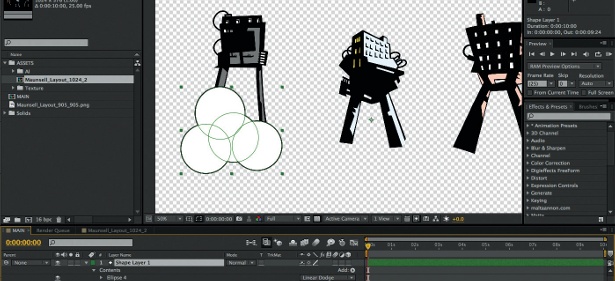
“The toughest thing to cope with when getting a brief, or feedback, is that the people writing them often don’t talk or think about the work in the way you do,” says Jason Groves of collective Shynola, who illustrated the artwork for folk singer/songwriter and guitarist Laura Marling’s A Creature I Don’t Know box set, which was another D&AD Yellow Pencil winner. “That’s fine, but problems arise when you second-guess what a client’s vague comment really means. It wasn’t vague to them – there’s just a disconnect in language.”
The presence of an art director can ease that process, especially if multiple stakeholders are involved on the client side. “It can be my job to keep the illustrator out of that,” says Vince Lim, who says he avoids letting illustrators speak to, or be contacted by, multiple points of contact. “Everyone needs to leave the illustrator alone and come to me or there’s no cohesion,” he explains. “I’m the project manager. Nobody else should be contacting the illustrator.”
That said, illustrators can’t really expect to be shielded from the process of approval by committee. “It always helps when they understand the process and don’t let it get to them when it becomes a bit stressful,” says Alex Cowper, senior art director at EMI, who commissioned Shynola to illustrate the Laura Marling box set. “There are so many people and factors involved in any campaign, and it’s effectively my job as the art director to take all those opinions and requirements and communicate them back to the illustrator,” he explains.
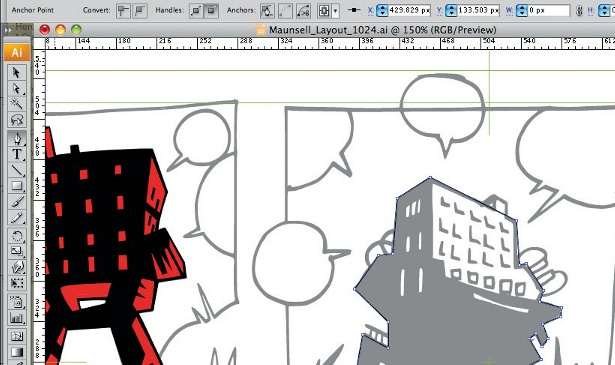
“It’s always great when you work with someone who understands this and works through it with you, as opposed to pushing against it,” Cowper continues. “And it’s also my job to ensure the illustrator feels involved in the process and is producing a piece of work they’re also happy with.”
Then there are the projects that don’t follow the traditional client/art director/illustrator hierarchy. “We’re in a partnership with a winery, so we’ve done away with clients,” says Kevin Shaw, owner of branding and packaging design company Stranger & Stranger, which specialises in alcoholic drinks. “We’ll come up with a design or an idea aimed at a particular retailer or demographic, then we’ll help sell the design into retailers and get paid a commission on case sales,” he explains. “We benefit from being very specialist, within a small market.”
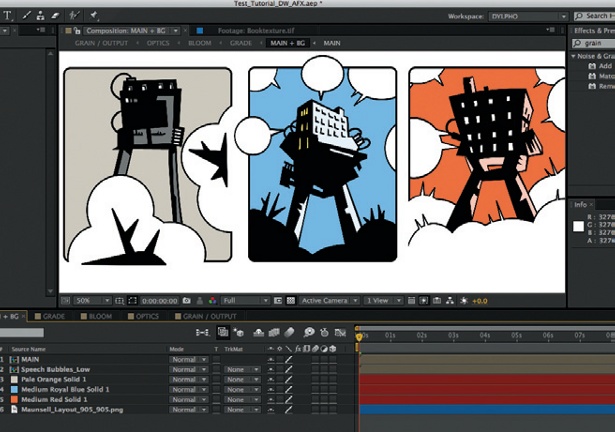
Stranger & Stranger knows what sells, and has a proven track record. “So everyone trusts us and leaves the design to us,” says Shaw. The firm’s creations include Dearly Beloved wine, which has now sold out. The packaging features a silkscreened label inspired by Mexican folk art and came second in the Wine/Champagne category of the Dieline awards. “With a name like ‘Dearly Beloved’, you have to stay well clear of wedding visuals,” explains Shaw. “The darker side of the marriage vow is ‘til death do us part,’ but that sounded grim on the front, so I alluded to that in a more organic visual.”
Aron Vellekoop Len created his ‘Inner Apes’ poster for the Open Call Poster Project at the Graphic Design Festival Breda 2012. “The main theme was a statement by biologist Frans de Waal,” recalls the graphic designer and illustrator. “‘Greed is out, empathy is in.’ The brief was not to make a literal translation of this statement, but to regard your poster as an autonomous work in which you show what effect the statement has on you.”
The jury unanimously agreed on Vellekoop Len’s poster, according to its final report. He found a key source of inspiration in Frans de Waal’s book Our Inner Ape. “It explains how apes evince the best and worst of human behaviour,” says Vellekoop Len. “I ended up visualising my interpretation of the best and worst as two mechanisms that live in constant conflict.”
For Shynola’s Jason Groves, getting illustration right means keeping to a set of artistic rules of thumb. “Work hard, don’t cut corners, never repeat yourself and, most importantly for us, do interesting, challenging work but make sure, at least on some level, that your mum could enjoy it too.”
“A creative voice is something we struggle with,” he continues. “We can’t be objective about it. Each piece of work we do, we try to do something different – different illustration styles, different types of animation, different storytelling. None of our videos look like they were created by the same person.”
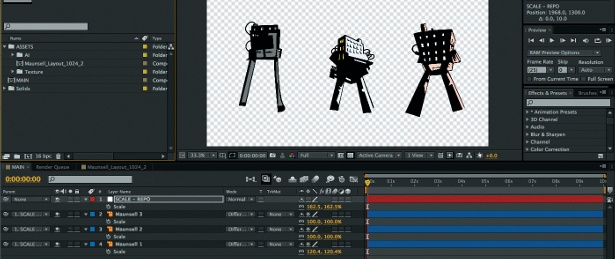
There is still cohesion between Shynola projects though, he says. “People tell us there is a Shynola voice that shines through – because it’s the same people involved in each piece, we trust there will be something of us carried through them all. It’s the quality of the ideas that matters.”
EMI’s Alex Cowper holds a similar viewpoint. “Illustrators need to stay true to their style and their work. Not necessarily pigeonholing themselves too much, but certainly keeping and applying some element of who they are and what they do to anything they are commissioned to work on,” he says.
“Even if their work is applied to various different formats and briefs, there’s always going to be something consistent that defines one artist from another, and this is effectively what the art director will be looking for,” Cowper adds. “Whatever the brief is, they know the illustrator is going to bring a certain sensibility to the project – it’s the reason why they commissioned that artist in the first place.”
Get the Creative Bloq Newsletter
Daily design news, reviews, how-tos and more, as picked by the editors.

Thank you for reading 5 articles this month* Join now for unlimited access
Enjoy your first month for just £1 / $1 / €1
*Read 5 free articles per month without a subscription

Join now for unlimited access
Try first month for just £1 / $1 / €1
The Creative Bloq team is made up of a group of design fans, and has changed and evolved since Creative Bloq began back in 2012. The current website team consists of eight full-time members of staff: Editor Georgia Coggan, Deputy Editor Rosie Hilder, Ecommerce Editor Beren Neale, Senior News Editor Daniel Piper, Editor, Digital Art and 3D Ian Dean, Tech Reviews Editor Erlingur Einarsson, Ecommerce Writer Beth Nicholls and Staff Writer Natalie Fear, as well as a roster of freelancers from around the world. The ImagineFX magazine team also pitch in, ensuring that content from leading digital art publication ImagineFX is represented on Creative Bloq.
